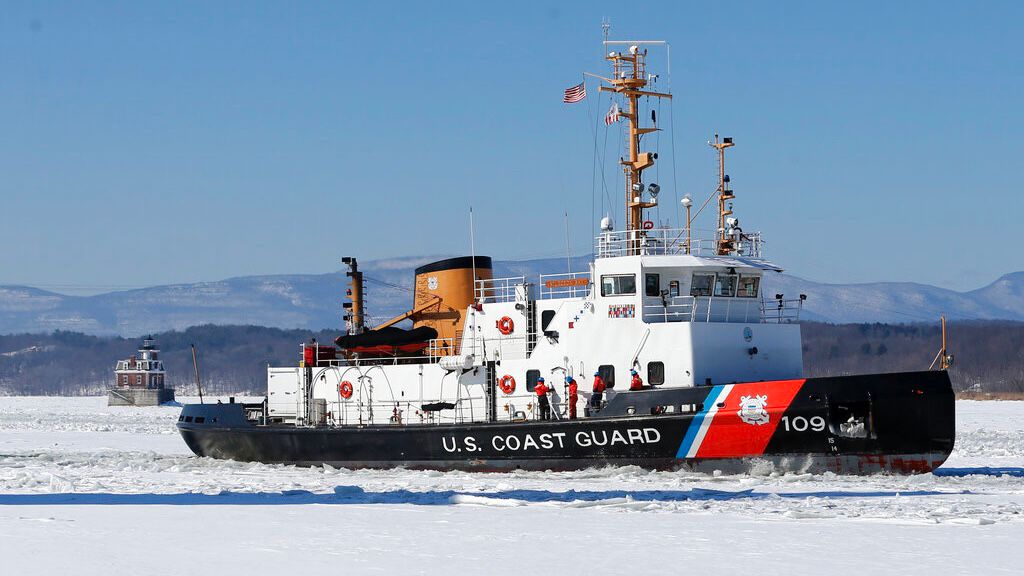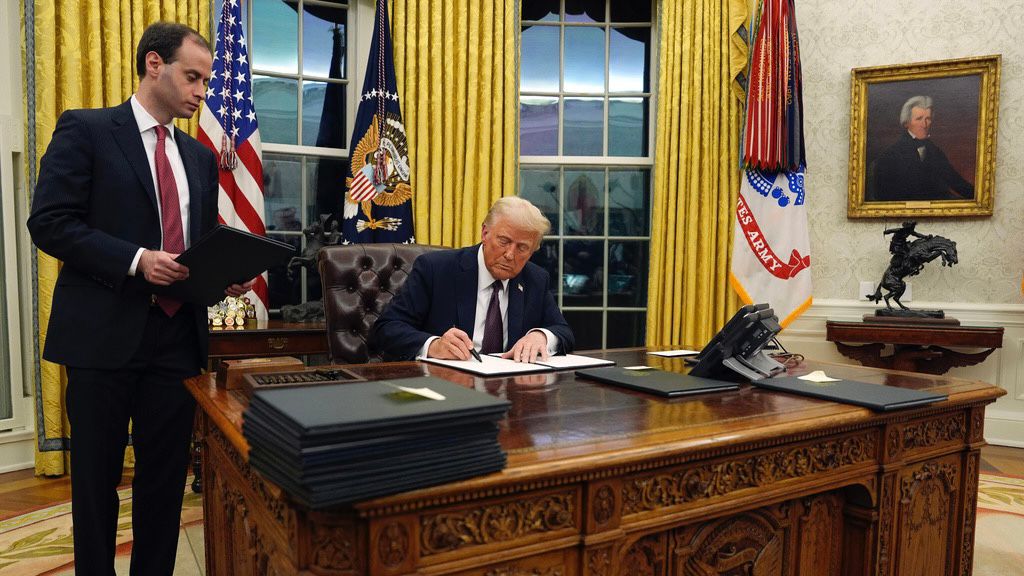The United States is partnering with Canada and Finland to increase the building of icebreaker ships, the countries announced Thursday.
The Icebreaker Collaboration Effort, or Ice Pact, is intended to counter Chinese and Russian influence in the strategically important shipbuilding industry.
For the United States, the agreement will “bring world-class expertise and experience to our shipyards that helps them attract, demand, scale up their capacity and compete on the world stage,” Deputy National Security Advisor for International Economics Daleep Singh said Wednesday during a brief about the announcement.
“As the president has emphasized, we’re committed to revitalizing our capacity to build American ships in American shipyards with American sailors. This is a strategic imperative.”
As part of a memorandum of understanding that will be signed by the end of the year, the three countries will increase information sharing on polar icebreaker production, allow workforce training in shipyards across all three countries and encourage allies to purchase polar icebreakers from Finnish, U.S. and Canadian shipyards instead of China or Russia.
The United States currently has two icebreakers – a type of purpose-built ship that can push through thick ice on frozen waterways, clearing the way for shipping. Both are nearing the end of their useful lives, Singh said.
While the U.S. has already invested $2 billion to its icebreaker program, known as the polar security cutter program, senior administration officials said it could cost as much as $10 billion to fully deploy the icebreaker fleet the country wants, which is “multiples” of what is currently in the U.S. fleet.
The U.S. is hoping Finnish and Canadian companies will invest in American shipyards and train American workers to help make icebreakers more quickly.
“Being competitive requires generating economies of scale,” a senior administration official said during Wednesday’s briefing. “We can’t do this alone.”
In addition to having American shipyards build more icebreakers for the U.S., the agreement is also intended to make American-, Finnish- and Canadian-made icebreakers an attractive choice for allies who intend to purchase as many as 90 of the ships within the next decade.
By collaborating on industrial policy, the United States will increase its competitive edge while combatting Russian aggression and limiting China’s ability to gain influence, Singh said. The U.S. hopes additional allies and partners will join the Ice Pact after the MOU has been signed.
Senior administration officials said Russian and China signed their own memorandum of understanding last year to strengthen their collaboration and joint operations in the arctic. The two countries have also conducted naval patrols along the U.S. maritime border in the Bering Sea in recent years.
While not an official outcome of this week’s NATO summit in Washington, “it’s important that this announcement is happening during the NATO summit,” a senior administration official said. “Military collaboration and our defensive alliance will always be at the forefront of the alliance, but economic security and industrial capacity are increasingly prominent themes coming out of this week’s discussions.”









